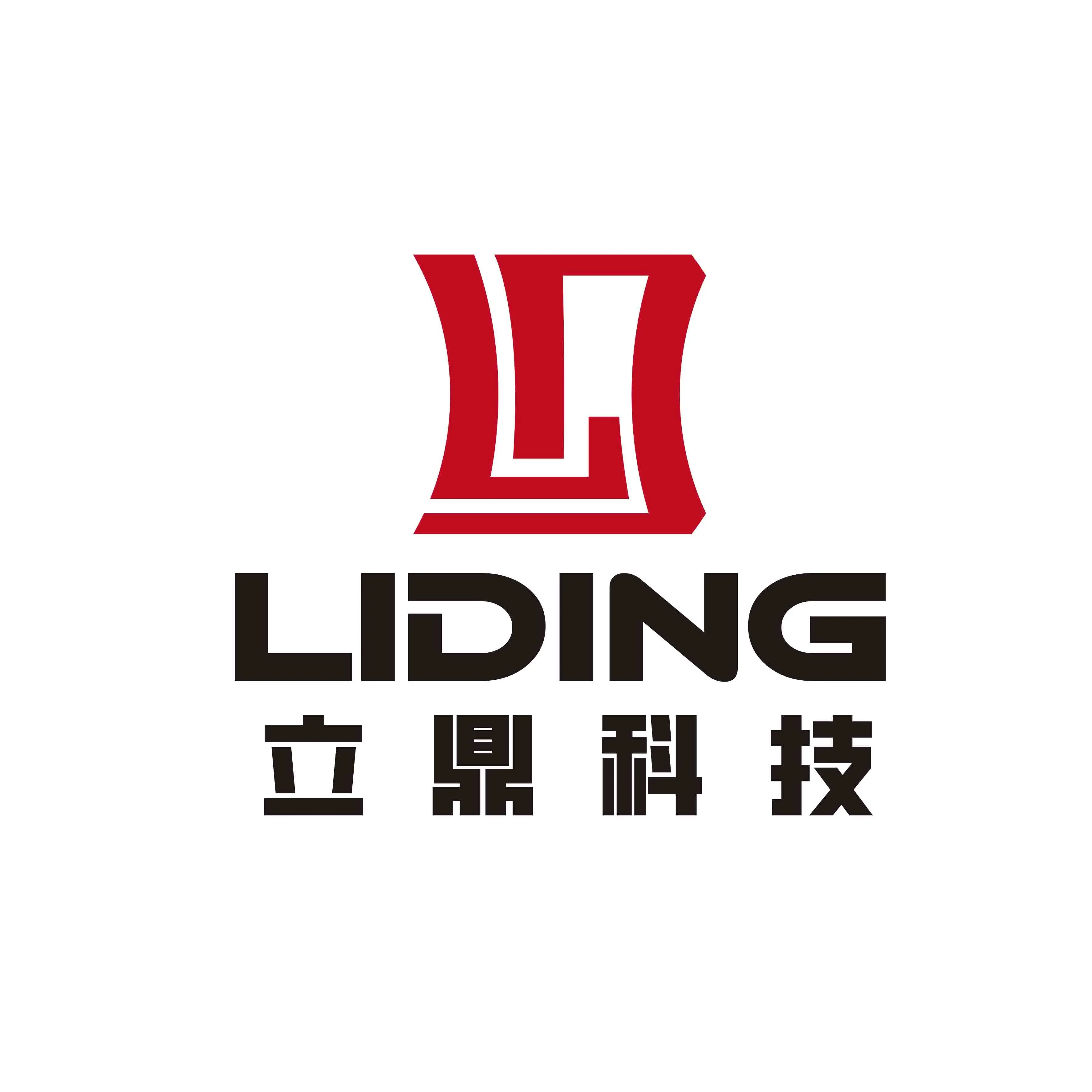The Ultimate Guide To Purlin Roll Forming Machines: Everything You Need To Know
Welcome to the comprehensive guide to purlin roll forming machines! Whether you're new to the industry or a seasoned professional, this article covers everything you need to know about these machines, including their uses, benefits, and key considerations for choosing the right one for your specific needs.
In today’s industrial landscape, purlin roll forming machines have become an essential part of the manufacturing process for various industries. These machines play a critical role in the production of purlins, which are horizontal structural members in a roof. They are designed to take coil metal, typically steel, and transform it into finished purlin profiles through a series of rollers and dies, resulting in sturdy, uniform, and precisely formed purlins that meet the specifications of the project at hand.
There are different types of purlin roll forming machines available, each catering to specific purlin profiles and production requirements. Some of the popular types include C/Z purlin roll forming machines, Sigma purlin roll forming machines, and more. These machines offer unique features and capabilities, allowing for flexibility and customization in purlin production.

Investing in a purlin roll forming machine offers numerous benefits for manufacturers and construction companies. These machines streamline the production process, ensure the consistency and accuracy of purlin profiles, and reduce material waste and labor costs, making them a cost-effective solution in the long run.
Choosing the right purlin roll forming machine depends on factors such as the specific purlin profiles required, production volume, material thickness, and space constraints. Working closely with manufacturers can provide personalized recommendations to ensure the right machine for specific operations.
Understanding the functionality of purlin roll forming machines is essential in maximizing their efficiency and effectiveness in the production process. These machines are designed to produce high-quality and accurate purlins with minimal manual intervention, providing versatility, ease of use, and efficiency in the production process.
Key features of purlin roll forming machines include high-quality material, precision roll forming, customizability, user-friendly interface, and high-speed production. Components of these machines typically include a decoiler, roll forming system, cutting system, and control system, ensuring seamless production and high-quality output.
There are different types of purlin roll forming machines available, each catering to different purlin profiles and production requirements. From C purlin roll forming machines to Z purlin roll forming machines, sigma purlin roll forming machines, and multi-profile purlin roll forming machines, manufacturers offer a variety of options to meet specific needs.
When choosing and using a purlin roll forming machine, careful consideration of size, capacity, and quality is crucial. Following manufacturer's instructions and safety guidelines, along with regular maintenance and servicing, can ensure efficient and safe operation of these machines.
In conclusion, the ultimate guide to purlin roll forming machines provides a comprehensive overview of these essential tools in the construction industry. Whether you're a seasoned professional or just starting out, this guide equips you with the knowledge and understanding necessary to make informed decisions when it comes to purlin roll forming machines.
